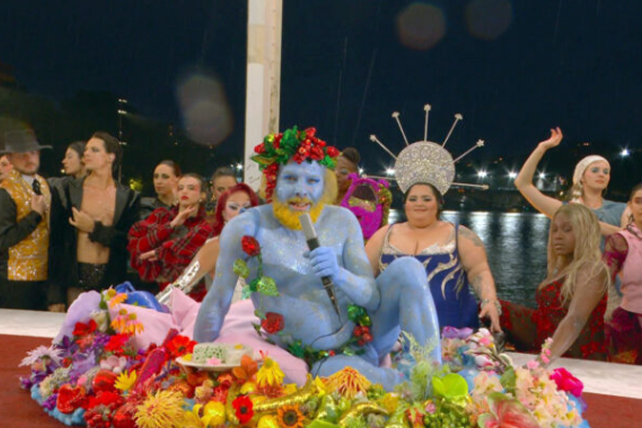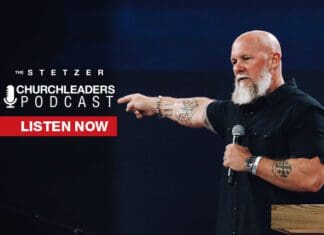Have you ever heard a new church worker talk about his or her eagerness to work in a church, because of how kind and Christian everyone is going to be? Anyone in ministry for a period of time knows that this is not always true. Churches can sometimes be very unkind and even unforgiving places. Working in ministry is a beautiful calling, but it can also be disappointing when you find yourself faced with situations in which Christians don’t behave like Christ.
I have worked at three megachurches and have had the experience of feeling chewed up and eventually spit out when not needed anymore. Sadly, I’m not alone. When people experience church hurt—whether they work in ministry or attend a church where they have had a traumatic experience—they often walk away from their faith or become angry with God.
But church leaders are just people—flawed, sinful humans, just like the rest of us. In our culture we tend to idolize people. We put them up on a pedestal until they come crashing down. Then we walk away from what they represented. We idolize pastors—especially megachurch pastors—and treat them like rock stars. Then the moment they do something wrong, we crash. Our idol is broken, and we walk away from God, as if we are surprised that Christians are, well, human.
When I say this, I’m not minimizing the wounds I have from church hurt. In our culture, in which we see sex abuse cases raging in churches and even in the higher ranks of denominations, it is critical that churches remain accountable, and that survivors of abuse or church hurt are heard and protected. But for those who know Christ, we need to realize that we are following Christ, not the pastor or the leader who did wrong.
Through the hurts I experienced by leaders in church, I found an ever-increasing faith in God. God was always my comforter and my defender, and God would be my healer as well. I’ve also learned that the only way to overcome hurt, especially when it comes from our Christian brothers and sisters, is forgiveness.
We’re not going to be kind people if we don’t learn to forgive those who have hurt us. I believe everyone wants to find healing and wholeness and not live in a prison of bitterness, anger, and depression. Problematically, though, I also believe that many people either don’t know how to find wholeness or they don’t want to face the trauma that they have experienced in their life. Sometimes living in denial seems safer than facing those horrible truths. However, as someone who has experienced trauma and denial, I can say that the path toward healing, though often difficult, is worth the journey. Nothing compares to living life free from the emotional and physical effects of trauma and woundedness. Living in freedom—freedom from bitterness, hate, and mental anguish—enables you to love and forgive people, to be compassionate and empathetic, and truly to be kind to all of the people you meet.
Are you looking for wholeness? Are you tired of living in a prison of bitterness and hate? It’s time to get help and healing by unlocking your ability to forgive.
If you don’t forgive those who hurt you, you will never find healing. If you never find healing for the trauma and the hurts that you have faced, you will live in bondage—a prison of bitterness, anger, hate, and hardness. And this will affect not only your life but those around you as well. Without healing, you won’t move forward in life. You will be stuck in a constant childhood state of trauma.
Forgiveness is a process. But the more you are able to forgive, the more you will free yourself to experience kindness, and to give it to others too.
It’s an old saying that has become a cliché, but it’s also a golden nugget of truth: “Hurt people hurt people.” If you have not been able to forgive and move on from what happened to you as a child (or an adult), you’re going to be a mean, grumpy, inconsiderate, and bitter person. You’re not going to be fun to be around. You’re not going to be loving. You’re just going to be a jerk to people.
Hurt people hurt people. Wounded people wound people. But rescued people rescue people.




























